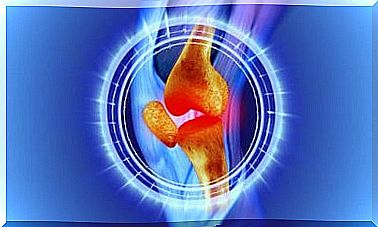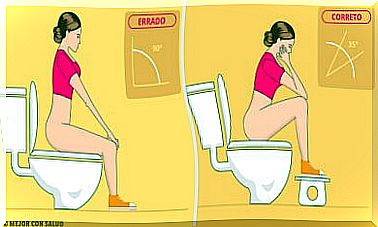The Relationship Between Stiff Neck And Stress: Learn To Treat It
Have you ever had a stiff neck that developed torticollis? This is, in fact, a very common disease, which causes a lot of suffering and problems, to the point of being often a reason for sick leave.
We can’t turn our head, and when we try, dizziness, malaise or even nausea may appear. We can’t do anything until the inflammation is reduced, so it’s more common to spend a few days off taking painkillers.
However, the best way to prevent this from happening again is to prevent it from happening, and for this reason it is interesting to know that most of the processes associated with torticollis are due to stress.
We invite you to learn about this data and, in turn, find out how we can treat stiff neck so that it goes away as quickly as possible .
The relationship between stiff neck and stress
Doctors usually say that torticollis generally has two sources:
Hereditary or etiological
The bad position of the fetus, intrauterine pressure during pregnancy or even we inherit from our parents certain anomalies in the neck muscles that can determine this issue.
acquired
It is the most common cause and is related to posture problems, an accident or injury, and in particular fatigue and stress problems.
When we are under stressful situations for long periods, not only metabolic and hormonal changes occur. But, our muscle structures also tend to be overworked.
In most cases, many of us don’t exercise our neck, shoulder and back muscles. They are not very elastic nor are they used to feeling stress so persistently.
Like the trapezius muscles, others in the neck are usually very fragile, as we are not usually used to using them, so tension tends to focus on these more sensitive areas.
The stiffness and overload produced can inflame the nerves, muscles and all those complex structures that radiate from the shoulders to the head.
As many physiotherapists and doctors explain to us, there are people who externalize stress in muscle pain, especially in neck pain and stiff neck.
All nerves and emotional charge are concentrated in this part of our body.
The best treatments for torticollis

1. A rest period
You need time to yourself. The stiff neck you are suffering now is a warning to understand that you must start making some changes in your life and learn to set priorities.
You will need a week to 10 days for the torticollis to go away and work properly again. To do this, you need to slow down and take rest.
Don’t strain your neck.
Keep harmonious movements in relation to the neck-shoulder-head. Don’t make any sudden movements, and when you turn around, follow it with your whole body, not just your neck.
2. Hot-cold treatment
Hot-cold treatment is one of the most basic and essential to reduce muscle inflammation problems. To do this, you must do the following:
What I need?
- a linen cloth
- 500 ml of water
- rosemary essential oil
- A bag of ice cubes or a specific bag for these treatments
How I do?
- You should do this simple treatment 3 times a day. For this, the first thing we do is boil the 500 ml of water. When it’s hot, let it sit for a while so we don’t get burned.
- Alternate every 5 minutes between the cool cloth and the hot cloth. To do this, first apply the ice pack.
- Then dip the cloth in hot water, drain, add a few drops of rosemary essential oil and apply it to the neck.
- These treatments should last between 20 and 25 minutes, 3 times a day.
3. Follow expert advice
We are sometimes a little reluctant to follow the doctors’ recommendations, or worse, we avoid going to the experts. Their advice is always appropriate, especially if we are forced to take painkillers or tranquilizers.
Avoid self-medication and follow the prescribed instructions.
4. Light exercise as the days go by

- Your body will let you know when the stiff neck develops. The first few days should be rest and you should not make sudden movements with your cervical spine.
- As you notice less tension, it’s time to get some movement through harmonic exercises.
- Gently rotate your neck from left to right. As much as the pain allows, and always in very smooth movements.
Avoid moving your neck backwards as this will make the problem worse.









